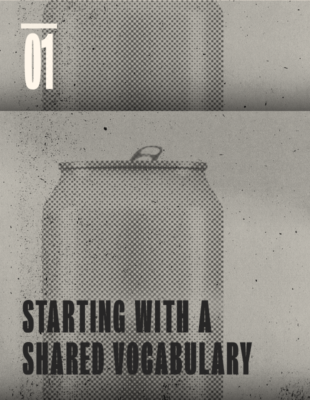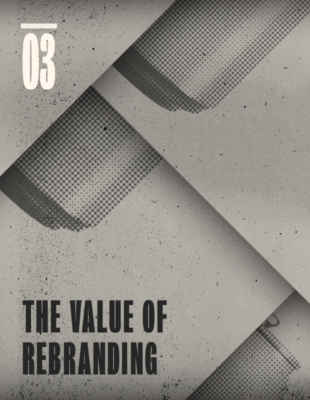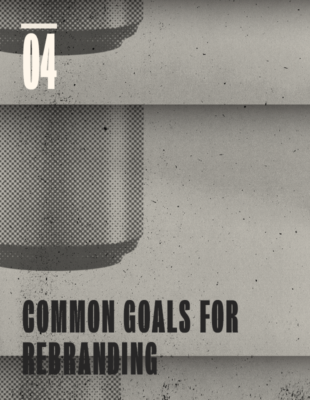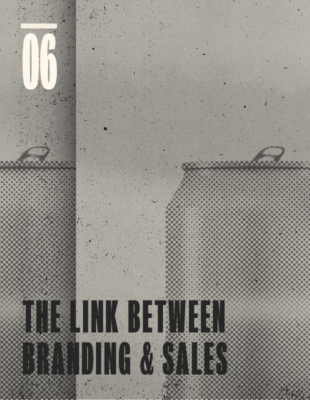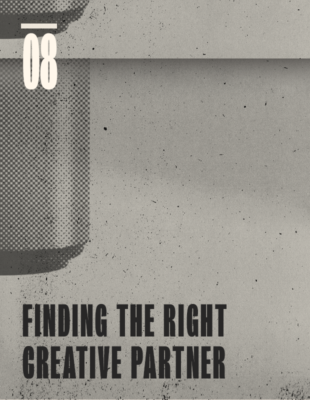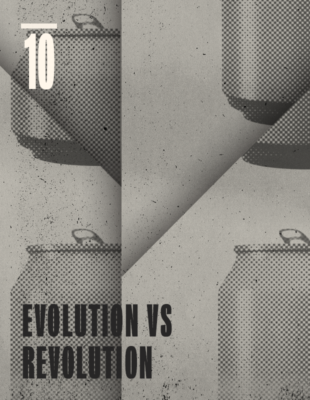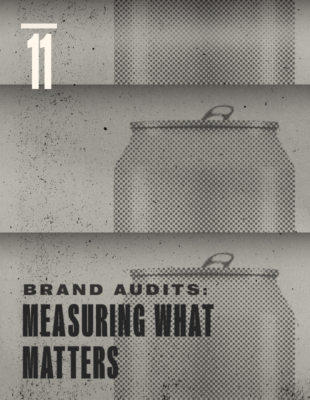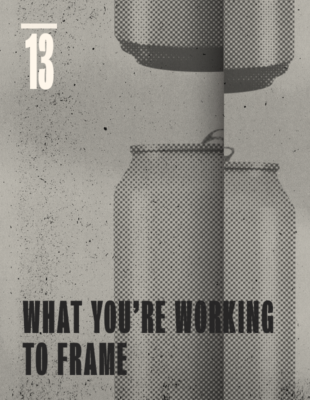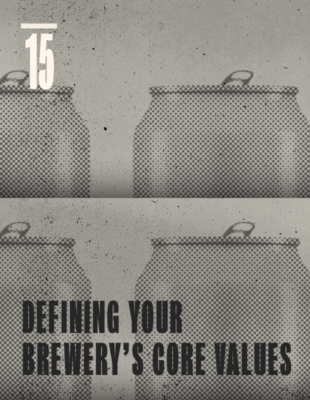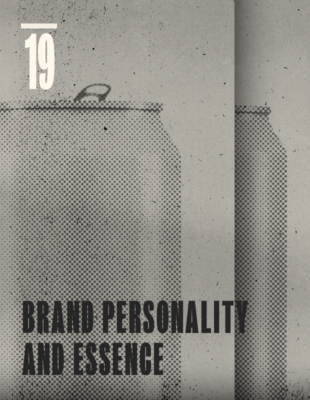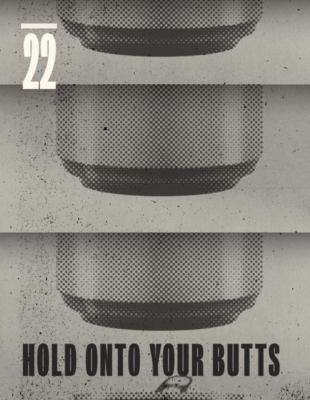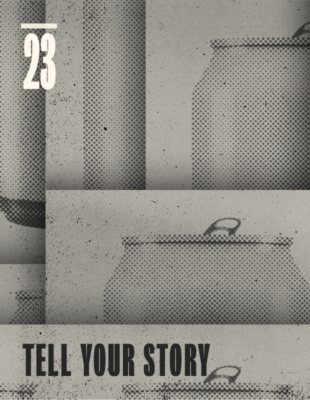
17
Defining your Audience
We’ve run into breweries over the years who were hesitant to pin down their ideal customers because they’re worried about leaving anyone out of the loop. (“If someone wants to buy my beer, then I want to sell it to them.”). And that’s completely reasonable.
If you define your ideal customer correctly, you may exclude some people. But that’s okay—your beer isn’t for everyone. The people who will ardently support you and fall in love with your story won’t just buy your beer, they’ll also become passionate evangelists, bringing family and friends to your brewery, bringing your beer to parties, and singing your praises on social media and in small group settings every chance they get.
So, let’s focus on figuring out just who these folks are.
Segmentation
When defining your audience in a traditional marketing sense, you’re mostly focused on segmentation. This calls for identifying as many distinct audiences as you can (early-adopter-beer-geeks, health-conscious young professionals, empty-nesters, world travelers, value shoppers, foodies, etc.). Then, you get as granular as you can with demographics and psychographics (gender, age, occupation, household income, brands they like and dislike, hobbies, etc.) in order to identify who are the best people to target your marketing to and ultimately, to increase sales.
This is a great exercise to get warmed up for this process, but we find it more valuable to think about how your brand itself impacts your customers’ lives and work backward from there. We say this because after identifying all your possible audiences, the next step in segmentation would be to alter products and messaging to accommodate these different audiences. This in itself isn’t bad (think having an easy drinking cream ale for the new-to-craft folks vs. a DIPA for the seasoned drinker). Where it starts to lose its value is when your brand messaging and storytelling begins to shift to speak to all of these people in such varying tones that if one segment sees your beer ads targeted to a different segment, they would be confused.
To be effective, you have to be singular in your overarching message and story, from your brand essence and tone of voice through the beer you brew. You should never shift your brewery’s message. Your story should be a constant through-line in all your communications. This isn’t to say that a specific beer (maybe a low calorie lager) can’t be specifically targeted towards one group, but your brewery’s brand and story itself shouldn’t shift when doing so.
How to research your customers
INTERNAL CONTEXT GATHERING
Start off by having your team answer some simple qualitative questions. To make this painless, you can send out a survey via email. Or, you can have them take a more long form approach to answer some key questions.
We find that sales folks, taproom staff and your distributors are indispensable partners for this because they’re your front line deliverers. They’re out talking to your customers on a daily basis, listening to what they like, don’t like and what they want to see from your brewery.
For the most candid results, this survey should be anonymous and feature no obligatory answers (in case someone’s not comfortable answering something). A free service like Survey Monkey works great for this.
Here are some sample survey questions that you can ask during this process:
- Select the following brand values that you think apply to our brewery: (Innovation / Community / Precision / Artistry / Passion / DIY / Traditional / etc.)
- Why do you work at our brewery?
- What’s the coolest thing about our brewery?
- Who do you think are our biggest customers?
- What emotions should our brand evoke?
- Who do we compete with?
- How are we different from our competitors?
- List any positive or negative feedback you’ve heard about our beer, branding or packaging.
- What’s the biggest threat to our brewery?
- What’s the biggest opportunity we have yet to realize?
EXTERNAL CONTEXT GATHERING
You’re sitting across from your ideal customers every day in your taproom—your existing patrons. People love to be asked for their opinion. It’s a sign of respect (and a chance for them to sound off as experts).
Choose a few questions and print them out. Keep these papers on hand and either spread them throughout the taproom or hand them out to folks at the bar. This can be implemented through your social media and email newsletter channels as well. If you’re doing this over social media, be careful to not show your hand (assuming you want to control the narrative around your rebranding effort—more on this later).
Some sample questions can include:
- Age? Gender? Occupation?
- Favorite beer styles?
- How often do you come here?
- What other breweries do you frequent?
- What is your favorite thing about our brewery?
- What is your least favorite thing about our brewery?
- Why did you come here today?
- What are some of your hobbies?
- What sort of activities do you associate with our brand?
- What is your spirit animal? (it can’t all be serious, people)
Customer personas: putting it all together
A customer persona is a group of personality traits, values and stories that comprise your ideal audience. You can base these off of real customers or build a composite of several people to use as a representation of your audience. They’re valuable because they give your ideal customer a face, name and a story. Pair a photo of these people, real or fake, with this text to add more context to branding and marketing decisions down the line.
Example persona for a suburban brewpub
Our ideal customers are parents, Jack and Jody. They’re both college grads and have two kids under seven years old. Between long work hours and the kids’ various after-school activities (Jiu Jitsu, gymnastics, cub scouts), they’re starved for time. But a few nights a week, it’s nice to stop in and feed the kids (and have a beer with dinner) before heading home for the evening. They value healthy-ish food, great beer and a family-friendly atmosphere (no loud TV’s or rowdy college kids).

Example persona for a downtown brewery taproom
Our ideal customer is a young professional named Rhonda. At just 29 years old, she’s the best developer at her technology company (a startup), and she has every day dialed in like clockwork. Up at 4:30am, CrossFit by 5am and at work by 7am (before anyone else shows up). Home by 6pm to walk her dog (a Newfie named Dora). Then, out for a quick beer (more for networking than unwinding) with her colleagues at 7:30pm. Never more than two beers, almost always IPAs. Home by 9pm. Bed by 10pm. Lather, rinse and repeat.
Rhonda values a stylish venue, great background music (‘90s hip-hop), friendly service and fresh beer.

Customer personas are a fun activity that can be repeated periodically to see how your audience is evolving and if you need to do anything new to accommodate them. Instead of thinking in terms of your profit and loss, you can think through whether Jack and Jody would appreciate a trivia night at the brewery. Or, would Rhonda be interested in joining your mug club? Customer personas humanize what can otherwise be sterile business decisions.
